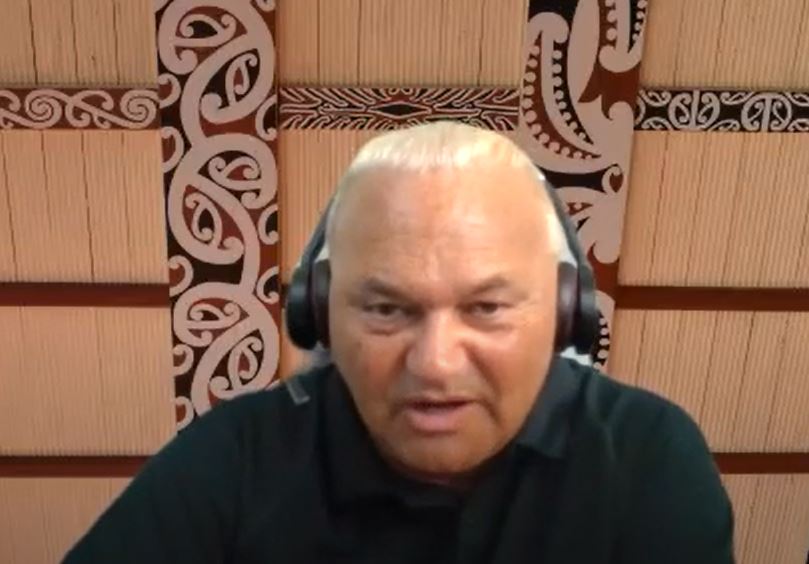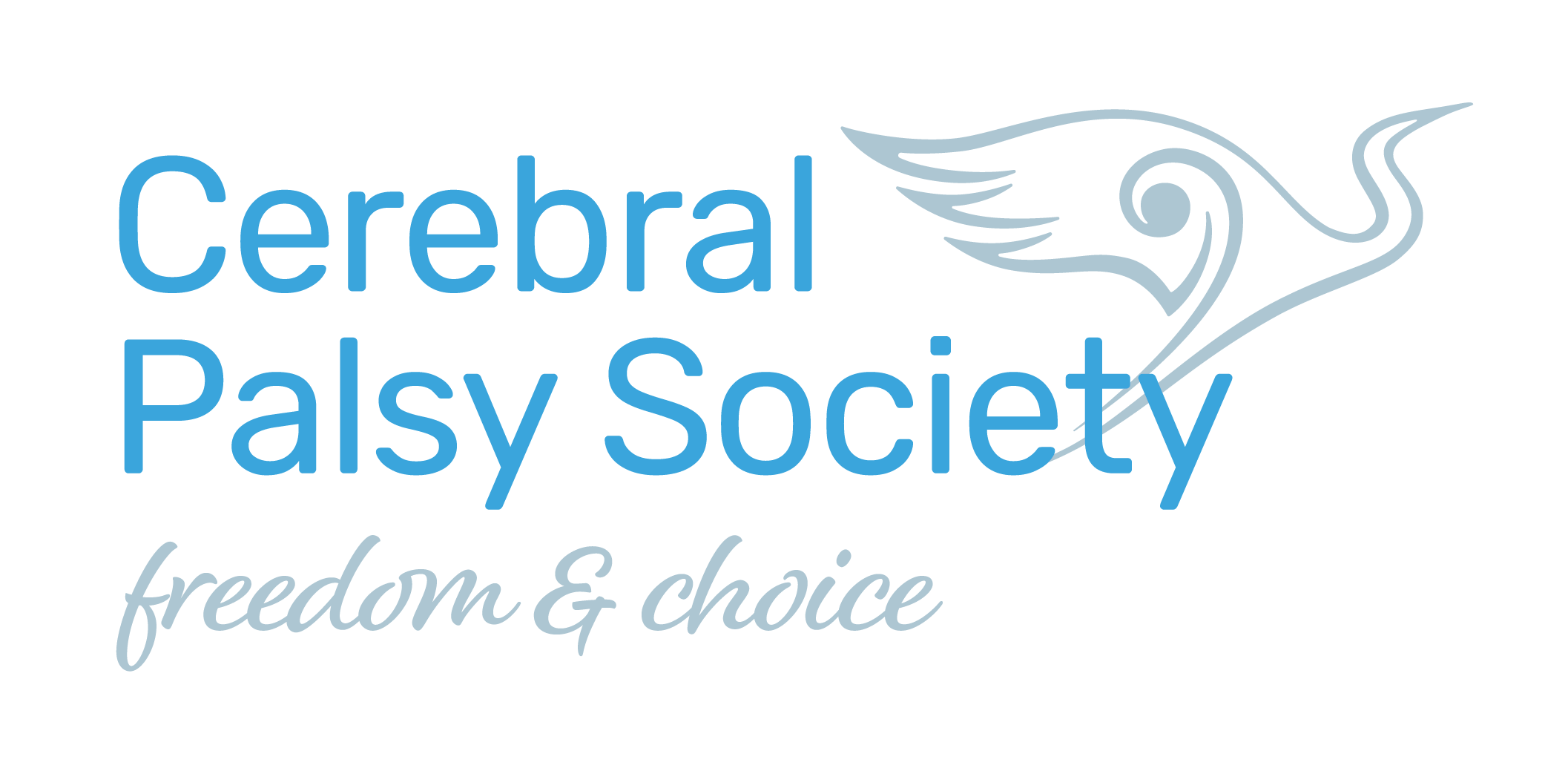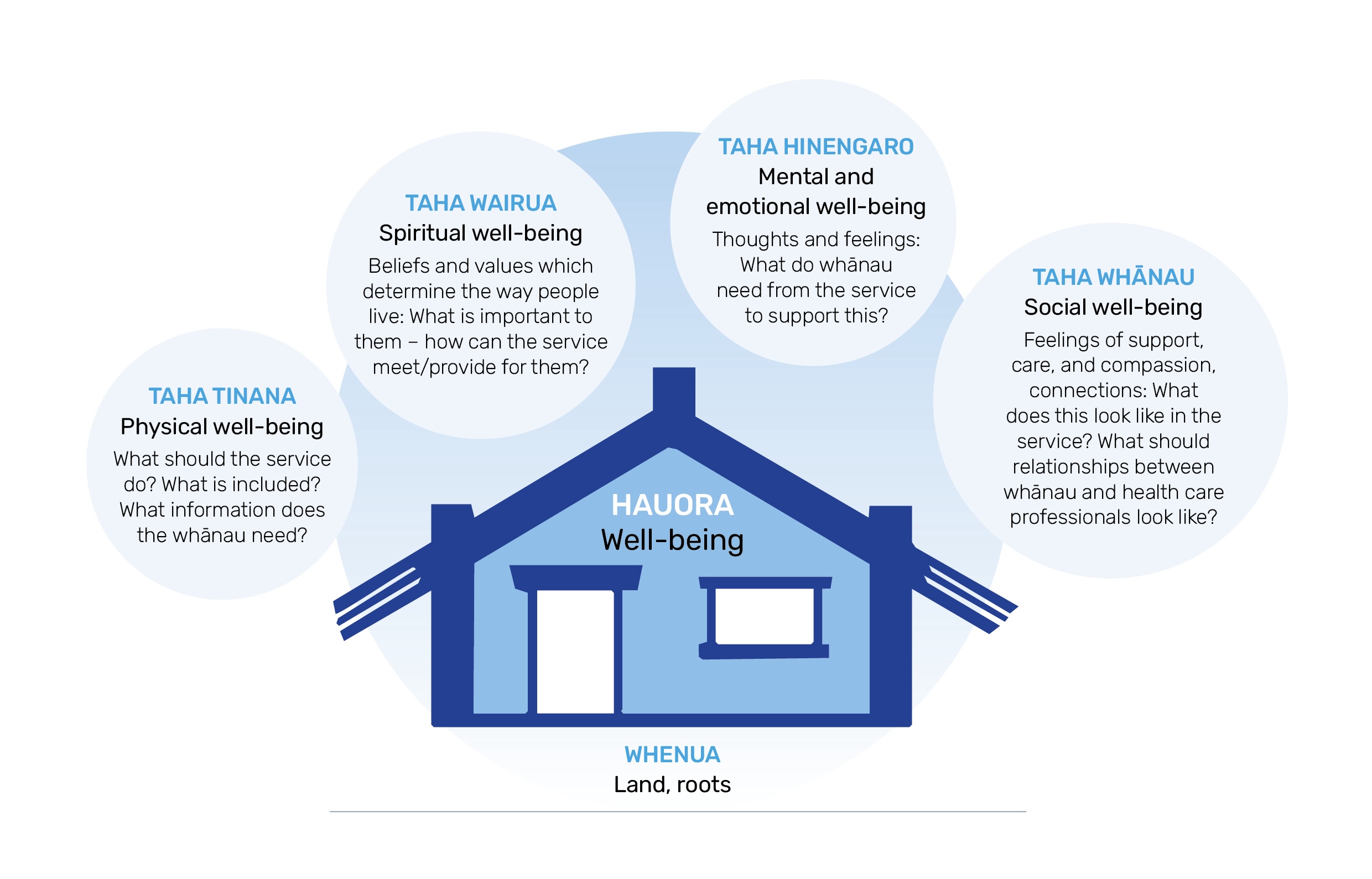The Early Years (0-5)
Chapter 1 – Introduction

Nau mai, haere mai and welcome.
Congratulations, you have a beautiful new addition to your whānau.
This kete/toolkit is for whānau/families looking for health-related information and resources for their child living with cerebral palsy in Aotearoa New Zealand.
If you have recently found out your child has cerebral palsy, this kete is here to inform you about some of the health resources and services available to help you and your child thrive.
Cerebral palsy (often referred to as CP) affects children in different ways and their life journey may be different from what you had planned.
For many people, the medical terms you will start to hear associated with cerebral palsy are like a ‘new language’ – we hope this booklet helps you with this.
Focus on what your baby can do. Every child is unique and there is so much you can achieve together. You may experience many emotions, so look after yourself and your whānau.
Acknowledgements:
This kete is an outcome of work by the CaPTuRE project that explored the experiences of whānau who had received a CP diagnosis in Aotearoa New Zealand. Whānau with lived experience of cerebral palsy identified a range of different challenges and actions that may help others 1.
Thank you to the Starship Foundation and the Athlae Lyon Starship Research Trust for the funding support, and for the additional funding support received by the Cerebral Palsy Society from the Sutherland Self Help Trust and Trillian Trust to support this document’s presentation, translation and sharing with whānau.
We are very grateful to all the people who contributed to this work, including whānau and people with lived experience of CP; the Cerebral Palsy Society of New Zealand and health professionals across Aotearoa New Zealand.
- Williams SA, Nakarada-Kordic I, Mackey AH, Reay S, Stott NS. Prioritized strategies to improve diagnosis and early management of cerebral palsy for both Māori and non-Māori families. Dev Med Child Neurol. 2024; 66: 1074–1083. www.doi.org/10.1111/dmcn.15847
Te Whare Tapa Whā
A well-known Māori model of health, Te Whare Tapa Whā described by Sir Mason Durie, considers all aspects of wellbeing and how they impact on hauora/health. Physical health or taha tinana is just one aspect of health and wellbeing.
This kete has been created to include information on all aspects of wellbeing. Whānau have indicated to us that it is important to consider all aspects of wellbeing to help you manage feelings that may arise.
Don’t be afraid to reach out for support on this life journey.
See: www.mentalhealth.org.nz/te-whare-tapa-wha
From: Durie M. Whaiora: Māori Health Development. 2nd ed. Oxford, UK: Oxford University Press; 1994.
Hōkai Nukurangi
The te Reo Māori term for Cerebral Palsy is Hōkai Nukurangi – to achieve what is important to you.
The term was developed by Linguist and educator Matua Keri Opai*, pictured.
The essence of Hōkai Nukurangi is: Whether traversing (hōkai) the earth (nuku) in body or traversing the sky (rangi) in mind and spirit, a person adapts to different environments, utilising the means and abilities that are appropriate to them.
In Keri’s discussions with Māori/non-Māori people and whānau with cerebral palsy, this was the most prominent, consistent, important theme – that each individual and each individual whānau had different wants, needs and goals that they desired out of a good, happy life. Keri’s term expresses that concept.
For more information go to: www.youtube.com/watch?v=9rVG9dySafw
* Opai, K. (2022), Words have great power: Creating Māori concepts of disability. Dev Med Child Neurol, 64: 1182-1182. www.doi.org/10.1111/dmcn.15266


